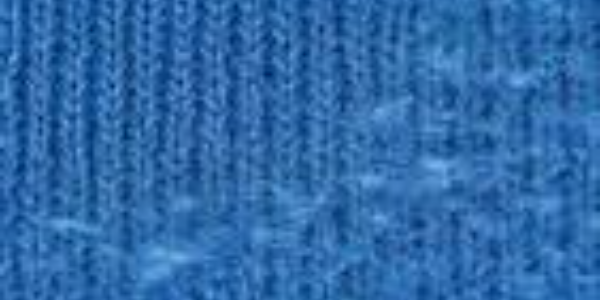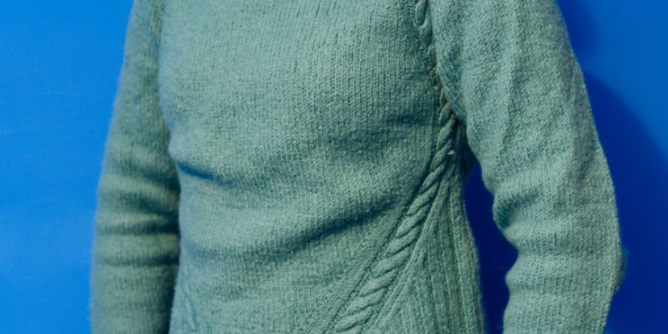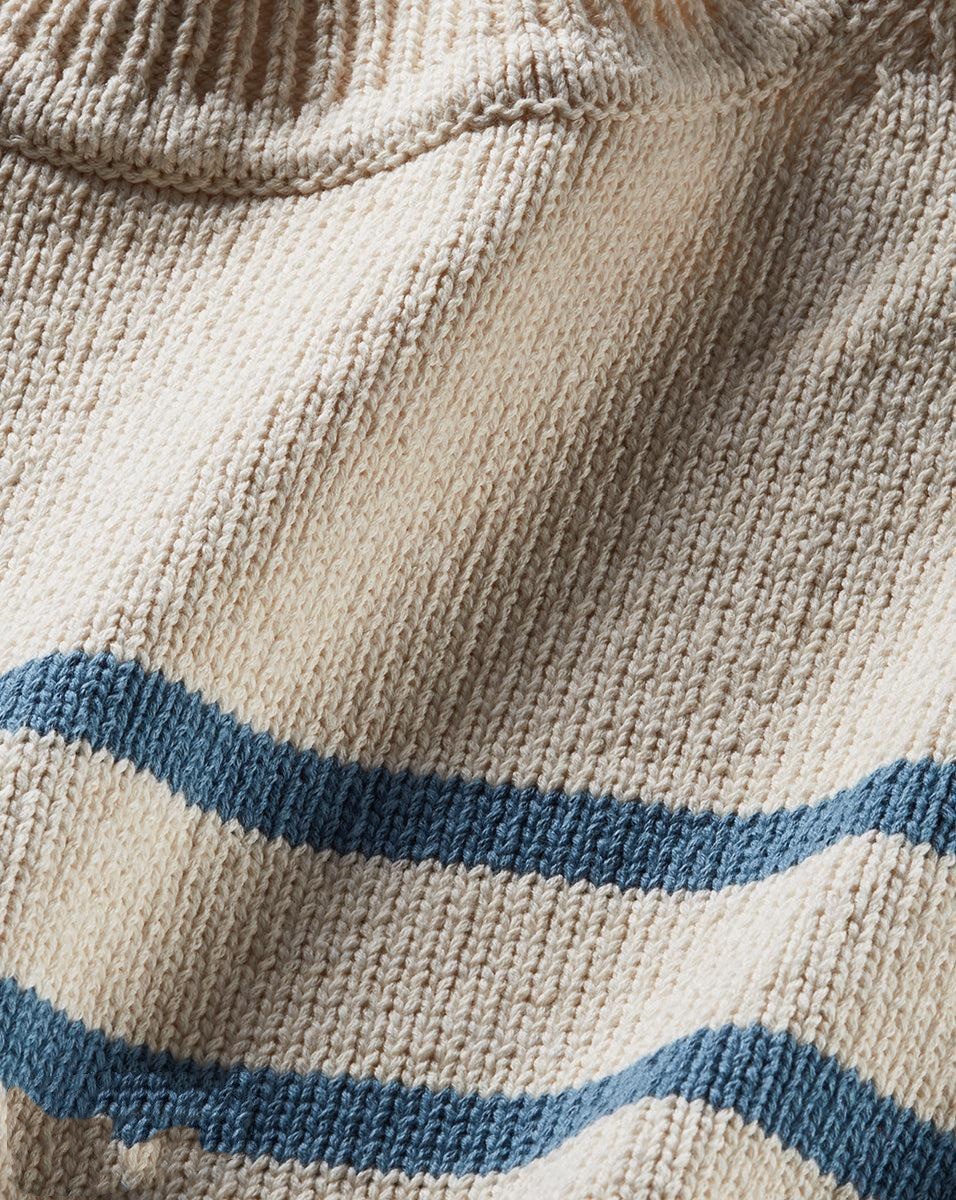This post breaks down how to spot pilling or shrinking causes to help you lower return rates related to pilling and shrinking. We look at it from three angles: the yarn used, how it's knitted, and the finishing details.
When it comes to knitwear, we’ve found that one of the biggest reasons for returns is quality issues that pop up after buying—like pilling, shrinking, or the knitwear losing its shape after a few wears or washes. These problems don’t just make our customers unhappy—they also hurt brand, mess up inventory, and cost more money. That’s why it’s so important for brands or buyers to catch and prevent these issues early. By doing that, we build customer trust and boost sell-through in the long run.
1. Pilling Issues: Closely Related to Yarn Type and Fiber Structure
Pilling happens when the fibers in our knitwear break and twist together, forming little fuzz balls on the surface. This is especially common in areas subject to friction such as the underarms, sides, or cuffs. Several material types are particularly prone to pilling:
-Short-staple fibers (e.g., recycled cotton, low-grade wool): The shorter the fiber, the easier it breaks off and tangles into pills. These are usually less durable and feel fuzzier to the touch.
-Synthetic fibers like polyester and acrylic are strong and budget-friendly, but when they pill, those fuzz balls stick to the fabric and are hard to get rid of. This makes knitwear look old and worn out.
-When we use loosely spun, single-ply yarns—especially the thicker ones—knitwear tends to wear out faster. These yarns don’t hold up well to friction, so they’re more likely to pill over time.
2. Tips for Identifying Pilling Risk
-Feel the fabric surface with your hand. If it has an excessive “fluffy” or fuzzy texture, it may contain short or loosely spun fibers prone to pilling.
– Examine post-wash samples, especially high-friction zones like armpits, sleeve cuffs, and side seams for early signs of pilling.
-Ask the factory about pilling resistance tests and check for pilling grade ratings of 3.5 or above.
3. Shrinking Issues: Determined by Yarn Treatment and Material Density
Shrinkage happens when fibers soak up water and the knit loosens. Natural fibers like cotton, wool, and cashmere are the most likely to change size. When shrinkage is bad, knitwear can become hard to wear—sleeves get shorter, necklines lose their shape, and the length can shrink too.
4. Tips for Identifying Shrinkage Risk:
-Ask whether the yarn is pre-shrunk (e.g., treated with steaming or stabilization processes). A pre-shrunk label significantly reduces post-wash surprises.
-Check material density visually or by measuring GSM (grams per square meter). Loose knits or open stitches indicate a higher likelihood of post-wash deformation.
-Request shrinkage test data. If possible, perform your own wash test and compare measurements before and after.
5. Finishing Techniques: The Final Guarantee of Product Stability
Besides the yarn and how we knit it, the finishing touches really affect how good knitwear looks and how long it lasts. Often overlooked by buyers, finishing is where product stability is truly determined. Common finishing-related issues include:
-Excessive brushing or raising: Though it gives a soft hand feel, it can weaken the fiber surface and increase the pilling rate.
-If we don’t steam or stabilize the knitwear properly after knitting, it can shrink unevenly and have inconsistent tension.
-When we sew with uneven pressure, the knitwear can get distorted after washing—like twisting or the neckline losing its shape.




6. Tips for Evaluating Finishing Quality:
-Check if the care label has clear washing instructions. If it’s vague, that might mean the finishing isn’t good.
-Look for words like “anti-shrink treated”, “pre-shrunk” , or “silk finish” on the tags or product info—these tell us the product was treated well.
-Make sure to talk openly with factory about how they handle finishing, what quality limits you expect, and how they keep things consistent.
7. Using Customer Feedback to Reverse-Engineer Product Risk
We can use customer complaints after sales to guide how we develop products and choose suppliers. This helps us make better decisions for the future.
Phrases like:
– “Pilled after one wear”,
– “Shrank after the first wash”,
– “Sweater is shorter now”,
– “Fabric feels stiff or coarse after washing”,
They are all red flags tied directly to fiber quality and finishing.
8. Strategic Suggestions on Decreasing Returns:
Create a “Product Risk Profile” for each SKU based on post-sale feedback and returns data.
Integrate yarn sourcing criteria during product design (e.g., Woolmark-certified merino, RWS-certified wool, or Oeko-Tex Standard 100 tested yarns).
Educate end users with washing and care guidelines via hangtags or QR codes linking to product-specific care videos or guides. This reduces misuse-related returns and boosts brand professionalism.
9. Does pilling mean low quality?
Not always.Cheaper fabrics like low-grade cotton or polyester are more likely to pill. But that doesn’t mean pilling always means poor quality. Even high-end materials like cashmere can pill over time. Pilling happens—even to the best fabrics. Read more for pilling: https://www.vogue.com/article/remove-fabric-pilling
Conclusion: Smart Knitwear Selection Starts with Science and Strategy
For brands, spotting poor-quality knitwear isn’t just about how it feels or looks. We follow a clear process—checking the fiber, how it’s knitted, the finishing, and how customers wear and store it. By testing carefully and staying aware of risks, we can cut down returns, keep our customers happy, and build a strong reputation for quality.
For us buyers, spotting risky materials or construction issues early helps keep inventory healthy and profits up. Whether you’re getting ready for a seasonal launch or working with a long-term supplier, you can make quality checks into every step—from the first prototype to after the sale.
If you need a customizable quality control checklist, sample evaluation form, or care guide templates in PDF for factory or internal use, feel free to reach out via this link: https://onwardcashmere.com/contact-us/. We’re happy to help you create value that empower your team and strengthen your brand’s product offering.
Post time: Jul-04-2025




